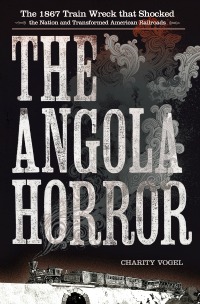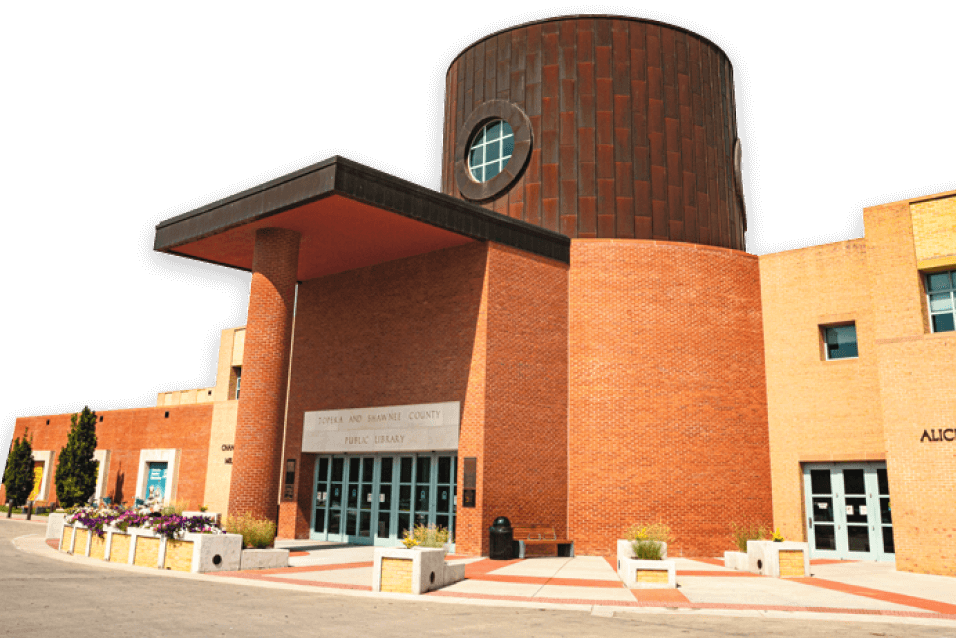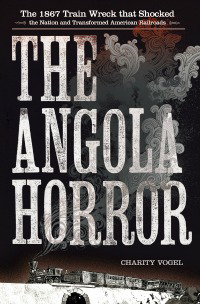Lost in the Stacks: The Angola Horror
 A jolt. Then shuddering. Then, more ominously, swaying. The frightened passengers aboard the New York Express traveling high on a truss bridge over Big Sister Creek clutched their belongings and looked at each other in terror. What terrible thing was going on?
A jolt. Then shuddering. Then, more ominously, swaying. The frightened passengers aboard the New York Express traveling high on a truss bridge over Big Sister Creek clutched their belongings and looked at each other in terror. What terrible thing was going on?What happened next on that wintry afternoon in December, 1867 would be known far and wide as the “Angola Horror”. The two rear cars, packed with passengers, plummeted off the bridge. One plunged 50 feet down a gorge, burst into flames, and incinerated all but a few lucky survivors. The other car, falling off the other side, tumbled thirty-one feet down an embankment, with men, women, and children helplessly jumbled together with luggage, iron seats, and white hot coals from the stove. Despite the best rescue efforts from the nearby villagers in Angola and Buffalo, almost 100 people were killed or injured in the tragic train wreck.
The particularly gruesome manner of the deaths (charred corpses, legless and headless torsos) at Angola captured the public’s interest and ire all over the country. At a time when railroad travel was becoming more accessible to more types of people than ever before, the Angola Horror sparked outrage and a demand for safer railroad travel. Charity Vogel captures the tragedy, the evolving railroad industry, and the nature of railroad travel in her fascinating book The Angola Horror.














